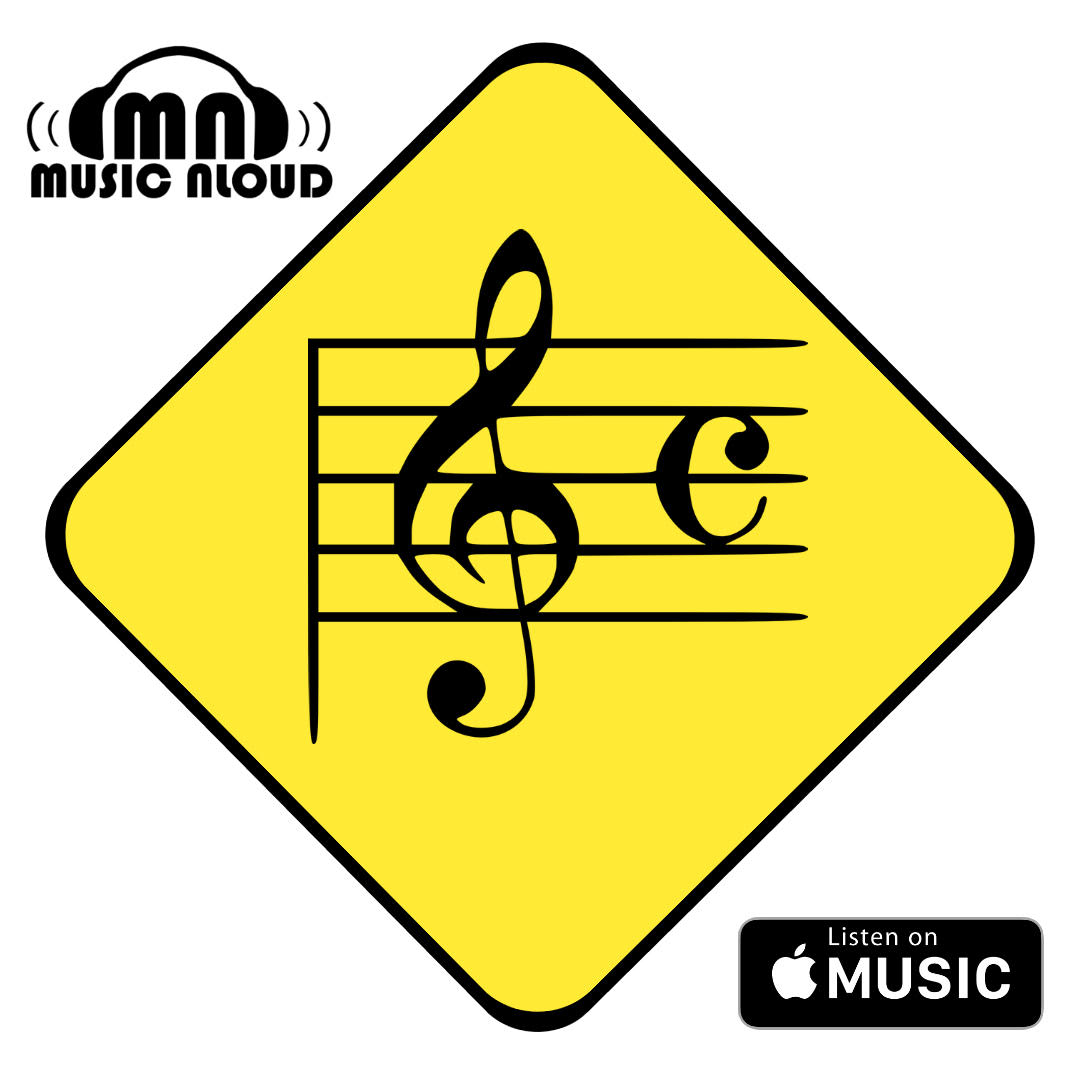 Happened to attend this fusion concert in Kolkata couple of days back called Melange 2010, involving Trilok Gurtu, Ustad Nishat Khan, Larry Corryell and a few other master instrumentalists. There was a lot of good music played, but my favourite part was Trilok Gurtu coming to the front of the stage with what looked like a speaker box, sat on it, and introduced it to the audience as being a South American musical instrument called Cajón. An instrument, which he jocularly referred to as capable of being employed as a stool, tea table or bookstand among others.
Happened to attend this fusion concert in Kolkata couple of days back called Melange 2010, involving Trilok Gurtu, Ustad Nishat Khan, Larry Corryell and a few other master instrumentalists. There was a lot of good music played, but my favourite part was Trilok Gurtu coming to the front of the stage with what looked like a speaker box, sat on it, and introduced it to the audience as being a South American musical instrument called Cajón. An instrument, which he jocularly referred to as capable of being employed as a stool, tea table or bookstand among others.
Cajón is the Spanish for “box”, and that’s exactly what the instrument originated as. Right from the 16th century African slaves in the Americas, specifically Peru, were fashioning box drums out of fish crates. Cubans had been transforming small dresser drawers into box drums for a long time. Over time these jug instruments got refined to make it part of popular folk music. In the late 19th century cajón started being associated with the Afro-Cuban song/dance genre called rumba, and other Afro-Peruvian styles.
A typical cajón is a cuboid, of which five sides are made out of half to three quarter inch thick pine or other white wood. The sixth surface, which is the striking side, is made out of a thin sheet of plywood. This side is called the tapa. A sound hole is cut out on the side opposite the tapa. The top edges are left loose so that they can be slapped against the box. The modern cajóns sometimes come with a lot of screws to adjust timbre, or with stretched cords across the tapa. Apart from the cuboid, cajón has also started coming in trapezoidal and tubular forms. To play the cajón one normally sits on the box positioning the tapa between his legs. Standard usage involves slapping the surface with hands. Some artists (like Trilok Gurtu in the concert) also use their feet for added expressions.
While cajón is today an integral part of Cuban and Peruvian music, the instrument has also started gaining popularity with music outside of these regions, especially in a lot of acoustic music settings. In the 1970s guitarist Paco De Lucia was presented a cajón by master percussionist Caitro Soto, and Paco went on to introduce it in flamenco music. Today you can hear cajón playing in pop music or even rock music. Here are a few videos of the simple yet fascinating instrument, including one from Melange 2010 (forgive the low quality of the video).




🙂 Thanks Digant. Researched on it when I saw Trilok Gurtu play it, like I have said at the start of the writeup. And decided to document the research.. 🙂
Brilliant. Your site is awesome. You seem to have everything i want to know. This instrument interested me when i saw ranjit barot playing it in yesterday’s unplugged episode. Phir se ud chala seemed magical,and the sight of ranjit playing this was very good.immediately evoked my curiosity. Thanks for the detailed info:-)
Hi ….My name’s Chase….Im working on sum better video material….here’s my Segunda Cajon by Fat Congas….